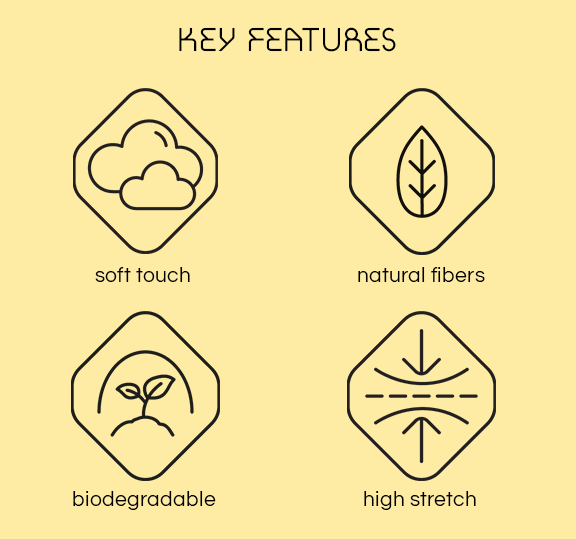Case Study: Bundle 「扎」by Elsie So
Explore Elsie So’s journey to create a key item of her collection Bundle 「扎」.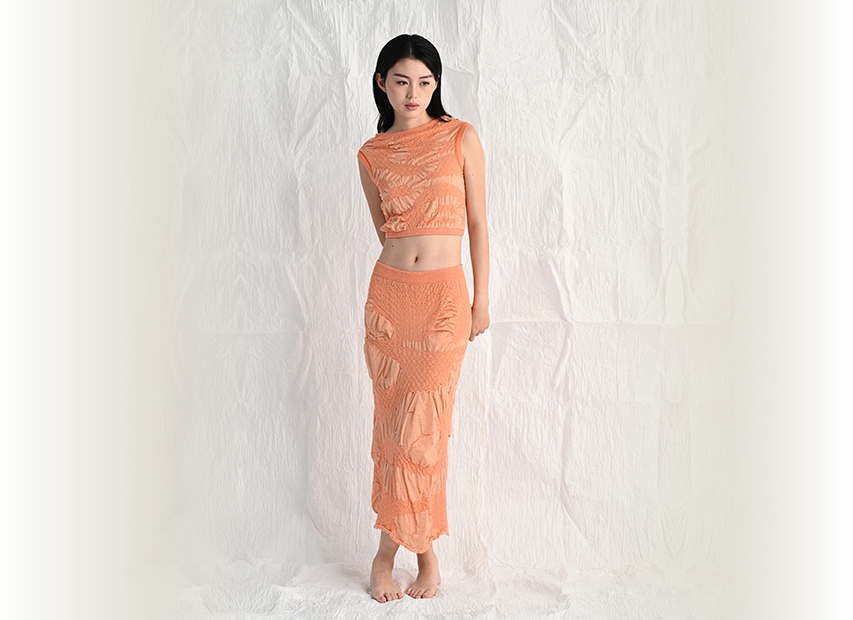
Introduction:
In this case study we deep dive into Elsie So’s work process to create her collection: Bundle 「扎」, designed and knitted during her participation at the 19th edition of the Santoni Pioneer Program.
A strong vision and a desire to experiment and play with seamless and circular technology were the key elements for Elsie’s success to achieve her desired outcomes in her products. Follow along and learn with us how Elsie accomplished her vision.
Design Concept
Bundle 「扎」is a collection inspired by wrapping, bundling, braiding and the resulting forms and textures. The same way packages wrap objects, fabrics wrap the body as a protective, comforting layer.
The concept of this collection focuses on four principles:
1) Building three-dimensional textures through stitch; engineering garment silhouettes through knitted structures.
2) Creating a lightweight, textured fabric that is suitable for fashion knitwear garments.
3) The use of natural fibers and the creation of biodegradable fabrics.
4) A streamlined design concept that requires minimal post-production; maximizing on knit structure possibilities to achieve this.
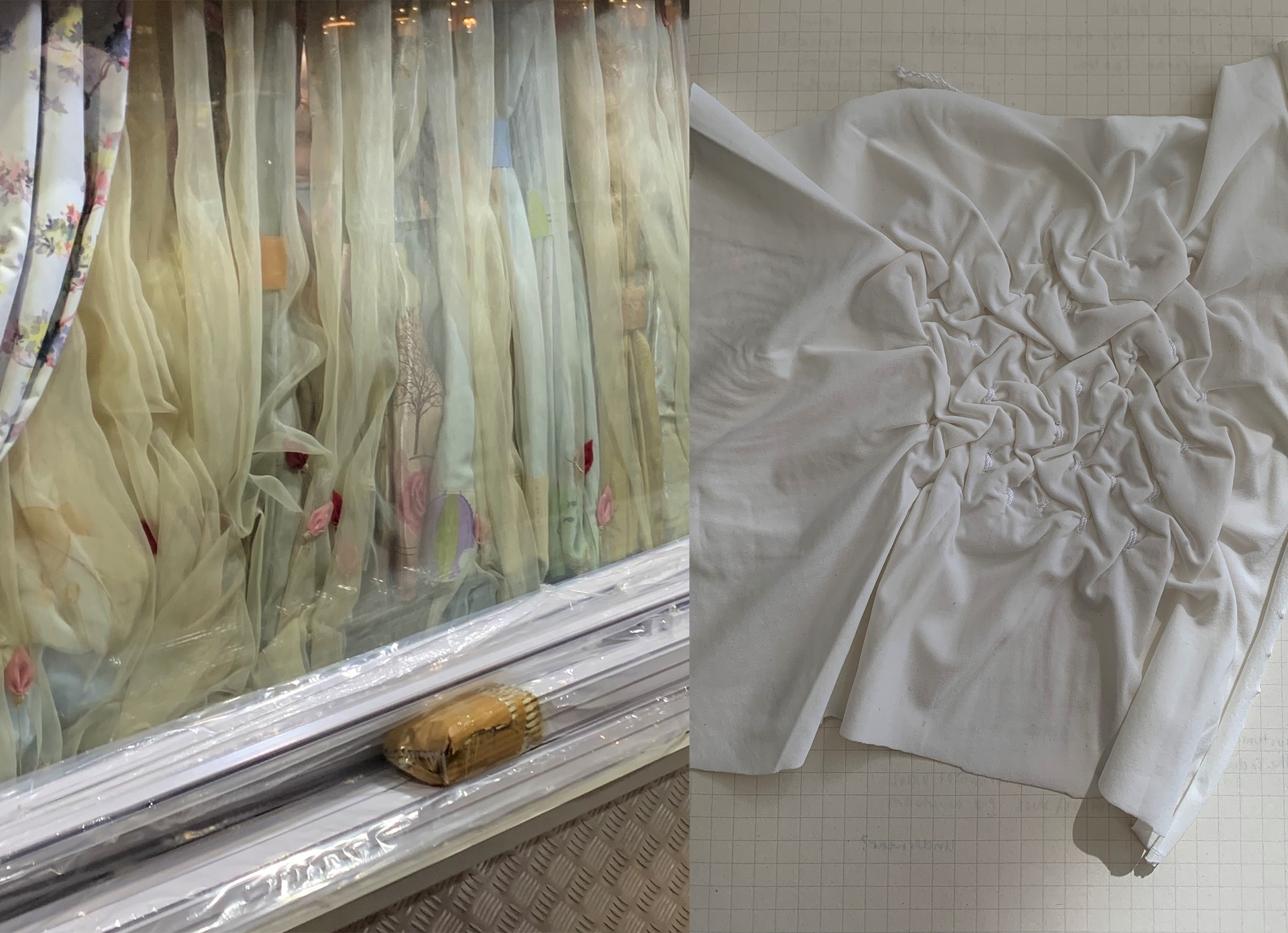
Technical Information
Technicalities:
For this collection, Elsie chose the TOP2 FAST machine to achieve the desired lightweight fabric effect. With its availability in various diameters, it offers versatility for different garment categories such as tops, skirts, dresses, and more.
The collection focuses exclusively on natural fibers, limiting the use of synthetics where possible. Natural fibers are emphasized for its wearing comfort, including softness on the skin, their breathability, thermal regulation, etc. In terms of aesthetic and design, its materiality in terms of drape, density, sheen, etc., ties-in well with the design concept.
TOP2 FAST
Read more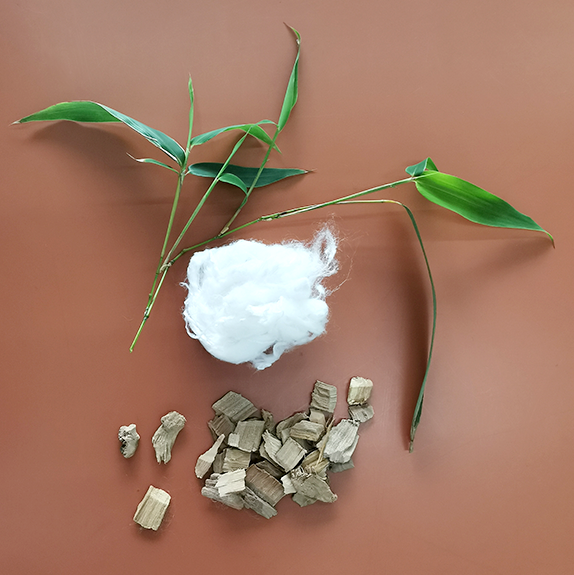
Pain Points
During the creation of this garment and collection, Elsie faced two main pain points:
- Transitioning from flat-bed to circular knit
- Getting the right fabric build the garment
- Maximising natural fibres, knitting without elastan
1. Transitioning from flat-bed to circular knit
Getting the grasp of circular knitting took intensive learning through trial-and-error for Elsie. While circular knit shares similarities with flat-bed knitting, it is more complex and works in vastly different ways. Circular knit requires a re-calibrated way of thinking.
For example, in circular knitting machines, there are typically eight yarn feeders. All the main yarns in all the feeders have to be knitted in the same revolution, or ‘row’ of knitting. In flat-bed knitting, yarns and feeders can be put ‘out of action’ for some rows without knitting into the fabric. In circular knitting, this can be ‘resolved' through a clever use of knitting actions with different yarns.
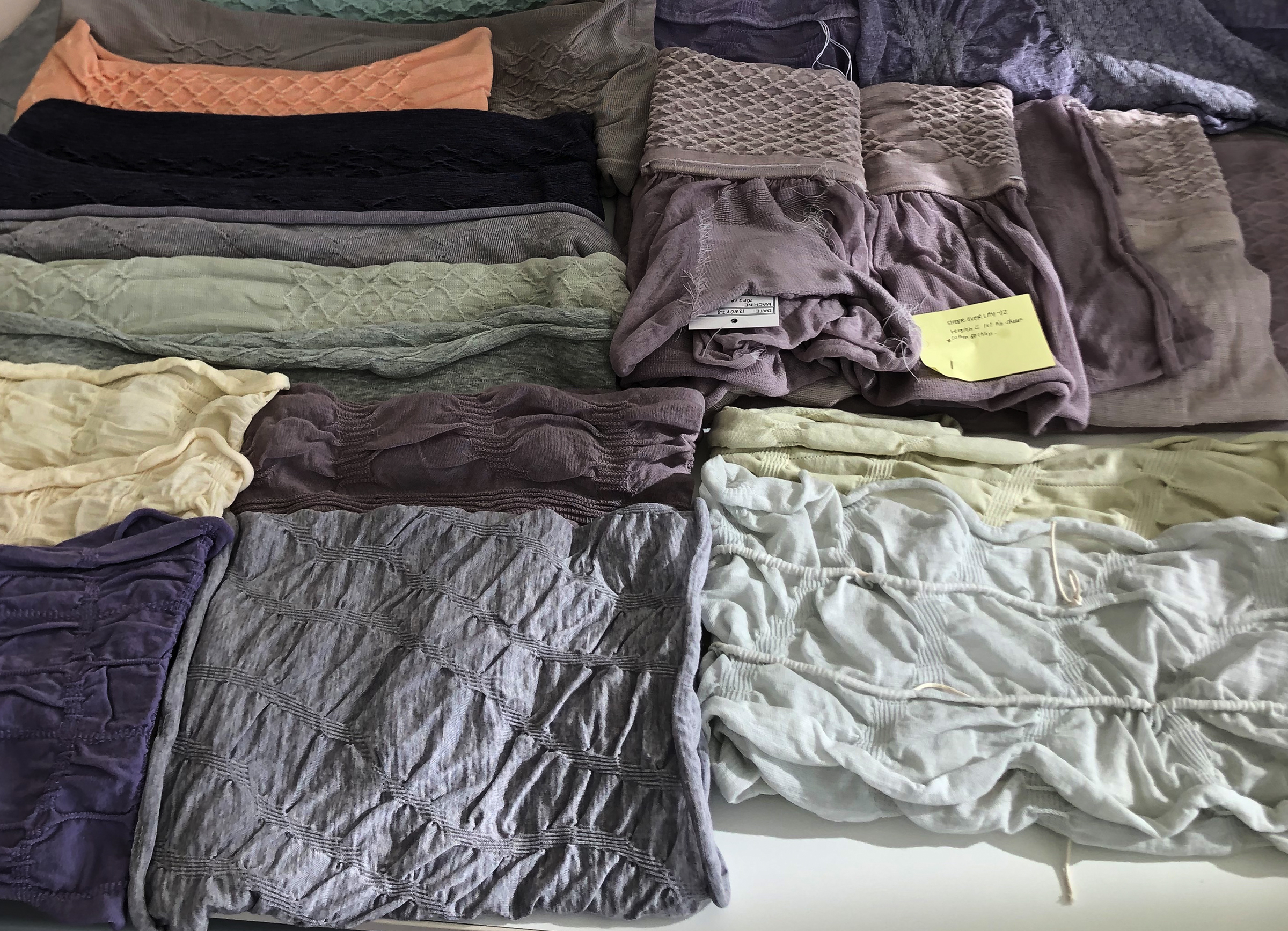
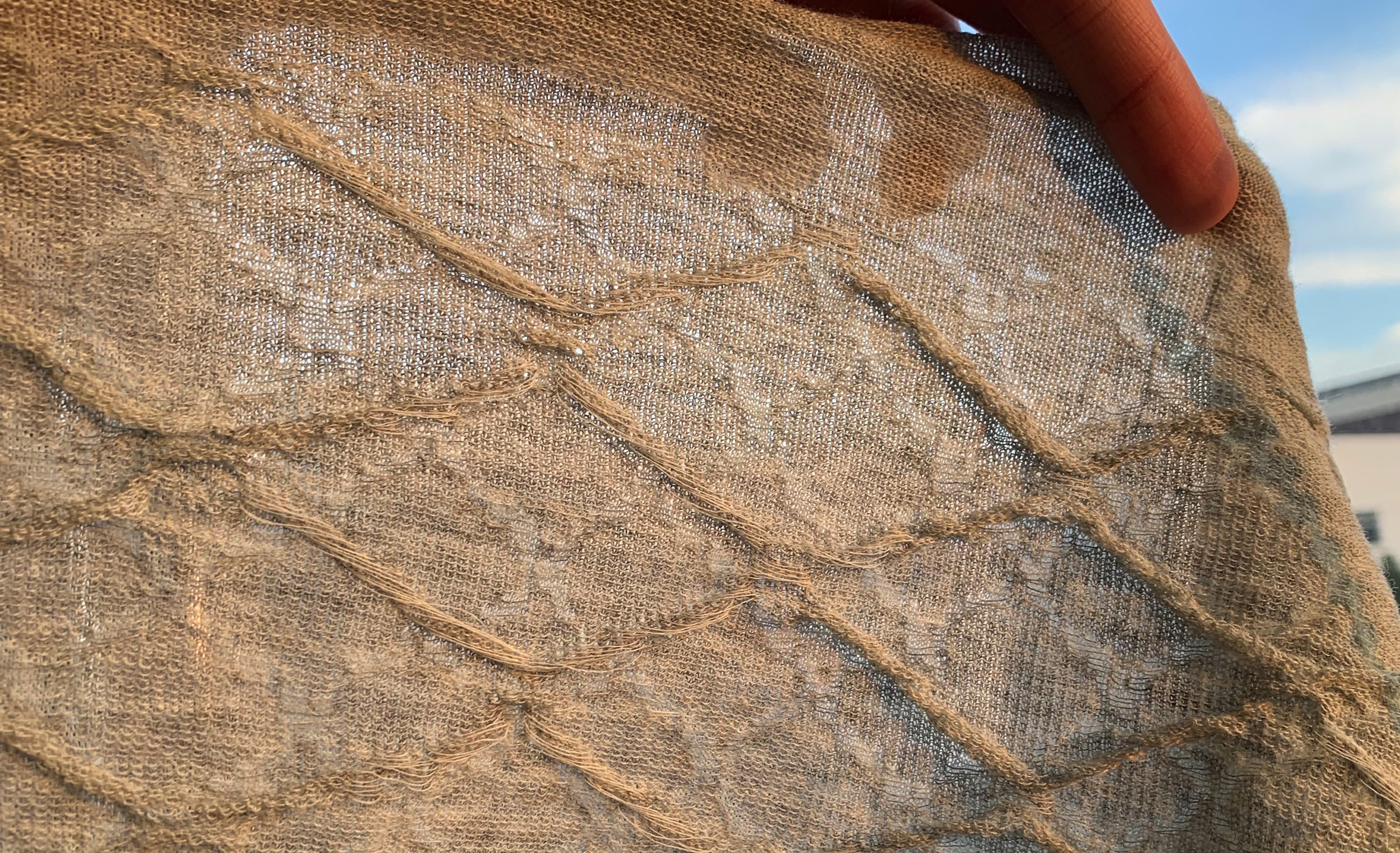
2. Getting the desired fabric outcome to build the garment
Each combination of yarn, stitch and technical setting yielded vastly different outcomes. Adjusting any aspect slightly can create an entirely different fabric.
Elsie and her technician underwent extensive trial-and-error. Yarn and different MPP setups were tested through various swatches. Based on each swatch, Elsie fine-tuned the many variables.
This approach constitutes part of the design process, which is further elaborated below.
3. Maximising natural fibres, knitting without elastane
Creating a biodegradable fabric with maximal use of natural fibre is a key design concept. Elastane, which is synthetic and non-biodegradable, is commonly used as ‘ground yarn’ in seamless knitting. It enhances fabric stretch and knitting performance on seamless machines.
The challenge, thus, was to minimise or even eliminate the use of elastane.
Can natural fibres be a close substitute? Wool carries a slight elasticity due to its fibre structure, but tends to break under the high knitting speed of seamless knitting. Combining wool with cellulosic fibres such as cotton, modal or lyocell, gives a good balance in elasticity and tenacity.
Amplifying the natural handle of these fibres, Elsie further manipulated the material through stitch pattern. This resulted in a sculptural, textured effect for Crinkle Skirt.

Process: From Fabric Swatch to Prototype
Material research and experimentation
Material composition, yarn count and knitting action were combined and knitted into fabric swatches. In conjunction with knit structures, such as different sizes of holding stitch and plain jersey and how each yarn was knitted within these structures, this provided multiple outcomes.
Knit settings such as stitch tension were also adjusted to influence the outcome. The technician worked in close collaboration to provide technical advice and expertise.
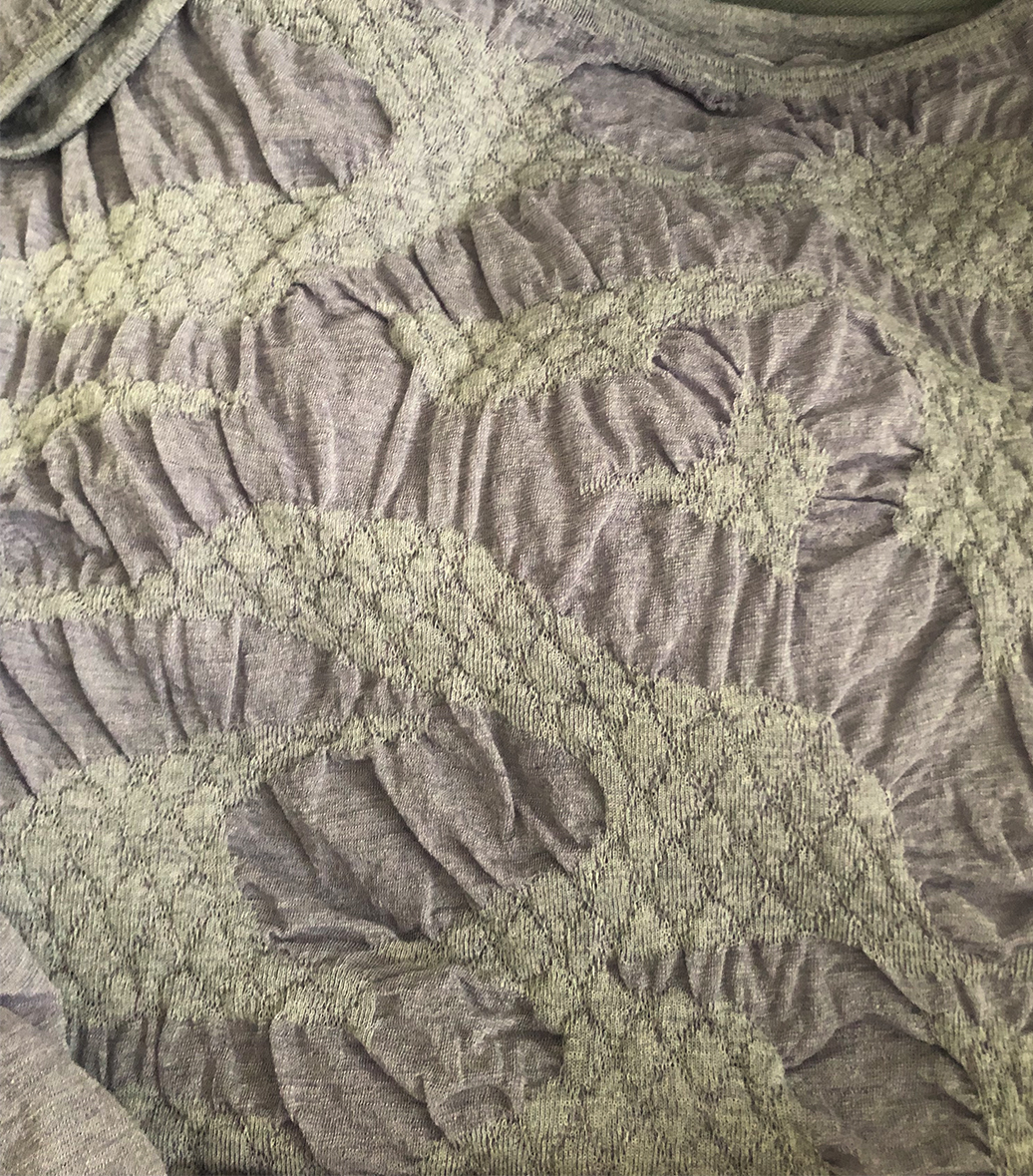
This elaborate exercise of material and technical experimentation resulted in a series of ‘research swatches’. Each swatch exemplified a specific combination of yarn, stitch and knitting specs. It resulted in a unique set of fabric qualities, in terms of density, drape, hand-feel and texture. Through the research swatches, the desired fabric can be worked out technically and materially.
By learning through making on circular seamless machine, Elsie worked towards her desired fabric. Achieving this fabric helped built the eventual silhouette of the garment.
Working directly on the prototype
While building the fabric, the overall silhouette and shape of the garment is also considered.
Working directly on the prototype, edits were made by pinning, gathering, and scrunching the fabric. This allows an actual visualization of the resulting garment shape. The edits and amendments were then translated into knit stitches and mapped directly into the BMP file.
Fit amendments were also mapped directly into the BMP and iPolaris program. Changes such as waist shaping, waistband width, how the skirt sits etc., is worked out through knit structure and machine settings. Through this last stage, it was a hand-in-hand process with the technician to fine tune the sample.
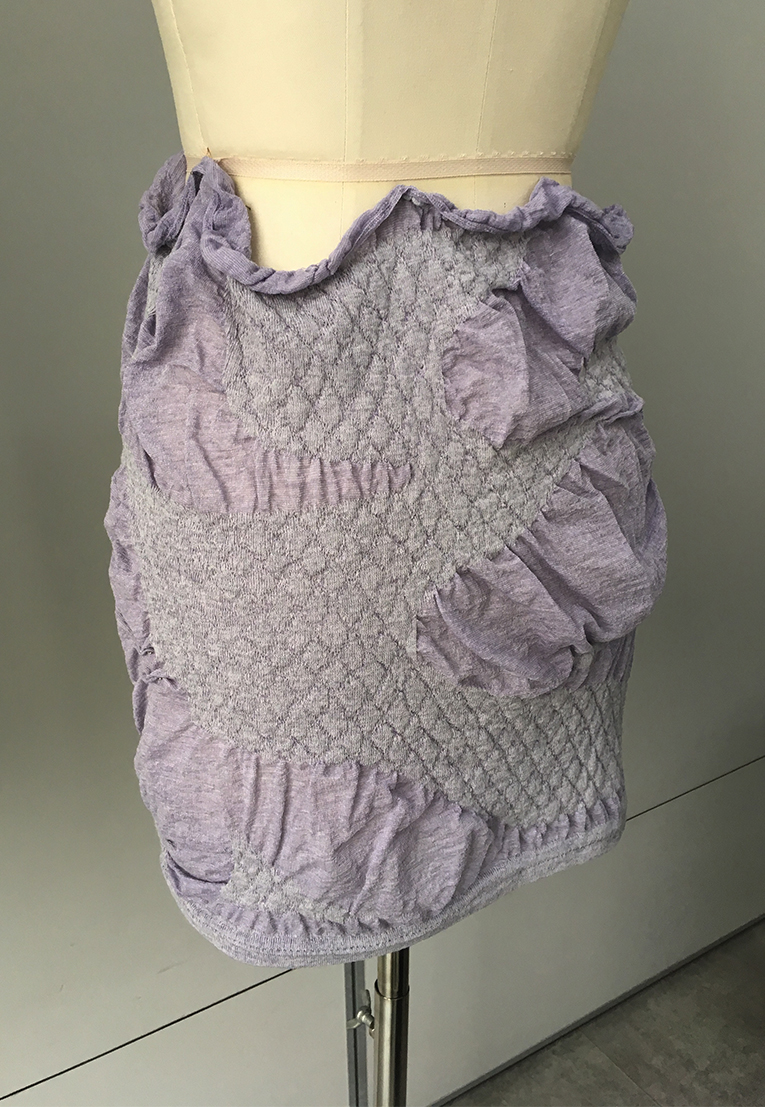
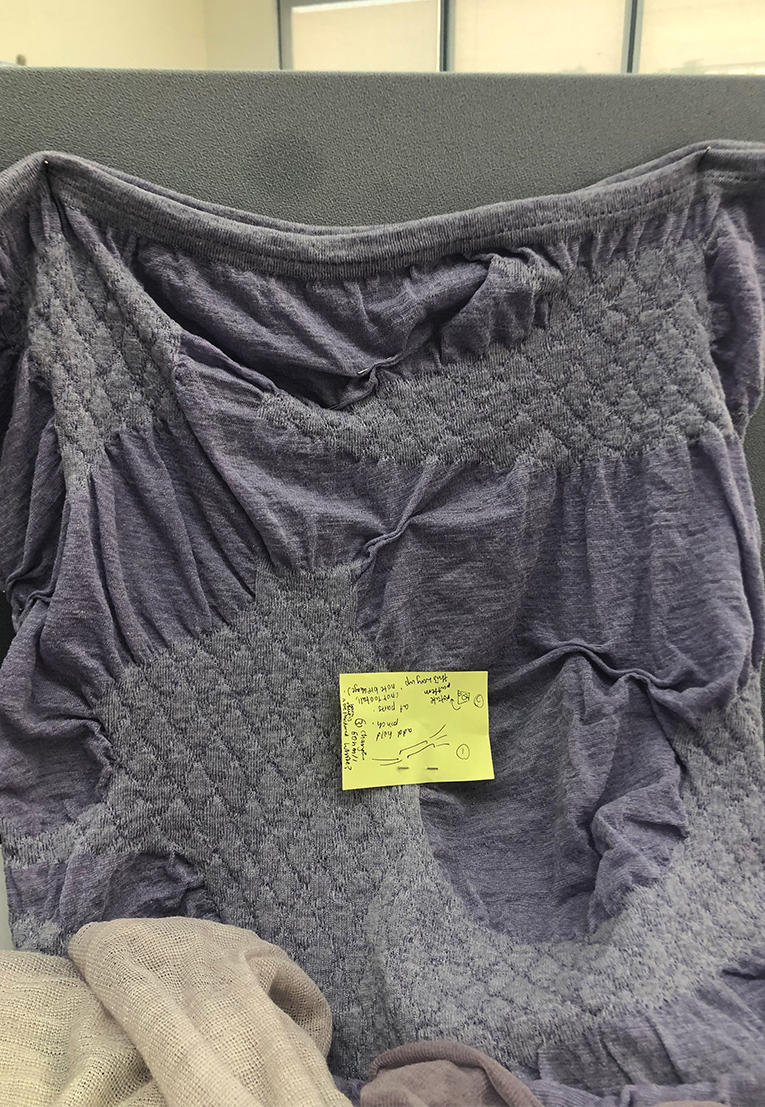
A Three-dimensional Approach to Textile
The integration of seamless machines, materials, and technical know-how is integral to this entire process. The circular seamless machine establishes a direct link between fabric and garment, process and product. Through manipulating these variables, Elsie achieved a three-dimensional approach to textile work, meticulously refining both design and final product down to the smallest stitch.
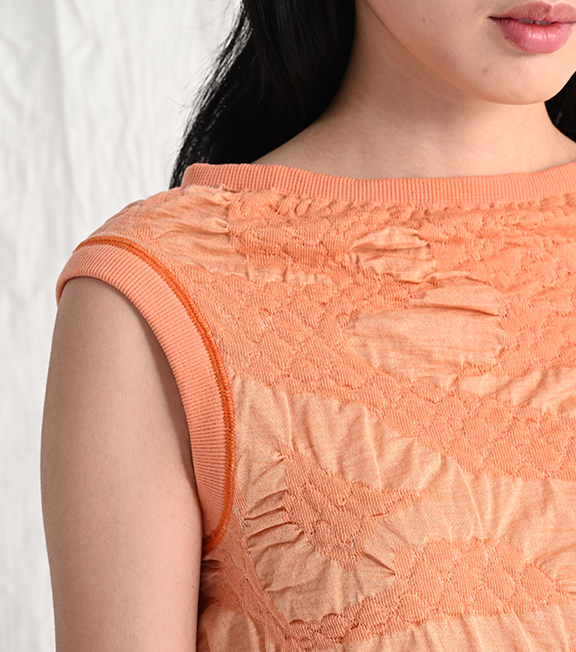
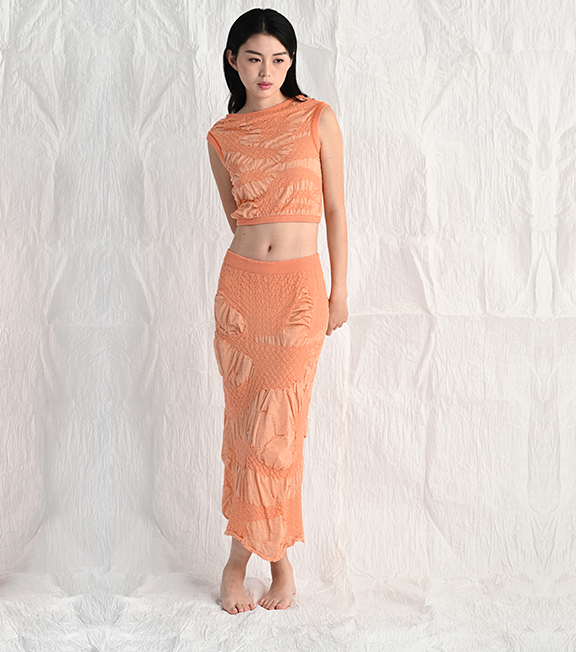
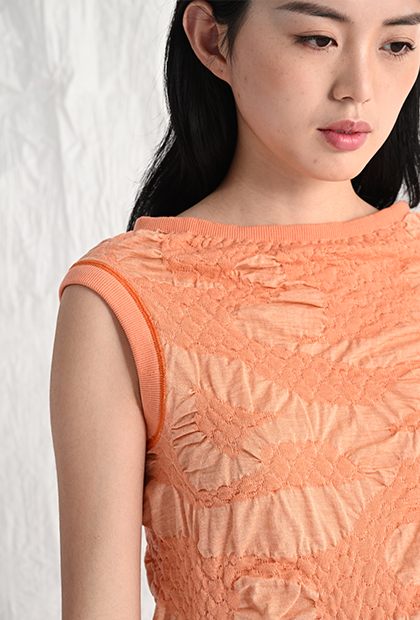
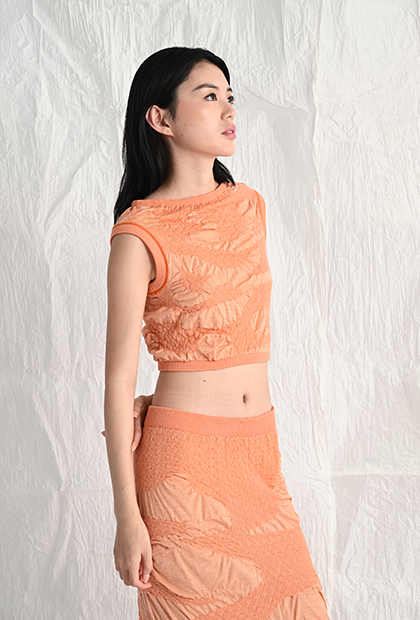
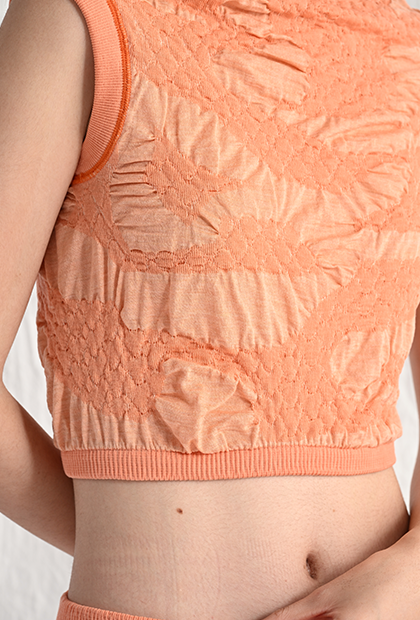
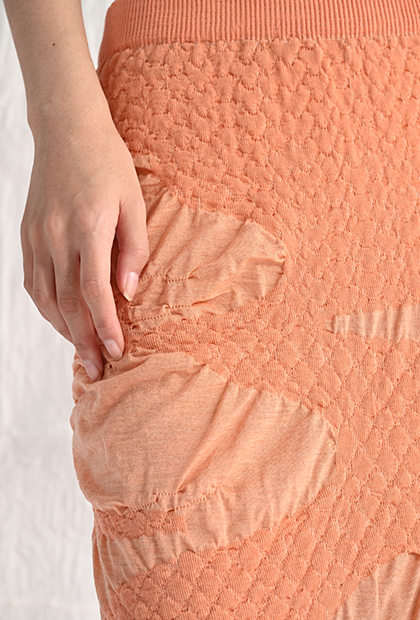

About Elsie So
ELSIE SO is a knit designer and material developer. She graduated from Glasgow School of Art with BA (Hons) Textile Design, specialising in knitted textiles. She builds garments by stitch; engineering silhouettes through knit structure and material.
Her experience spans across research, development, design and sourcing for fashion, art, functional apparel and more. She has worked with TextielLab, Gap Inc, Puma and R y e among others.
